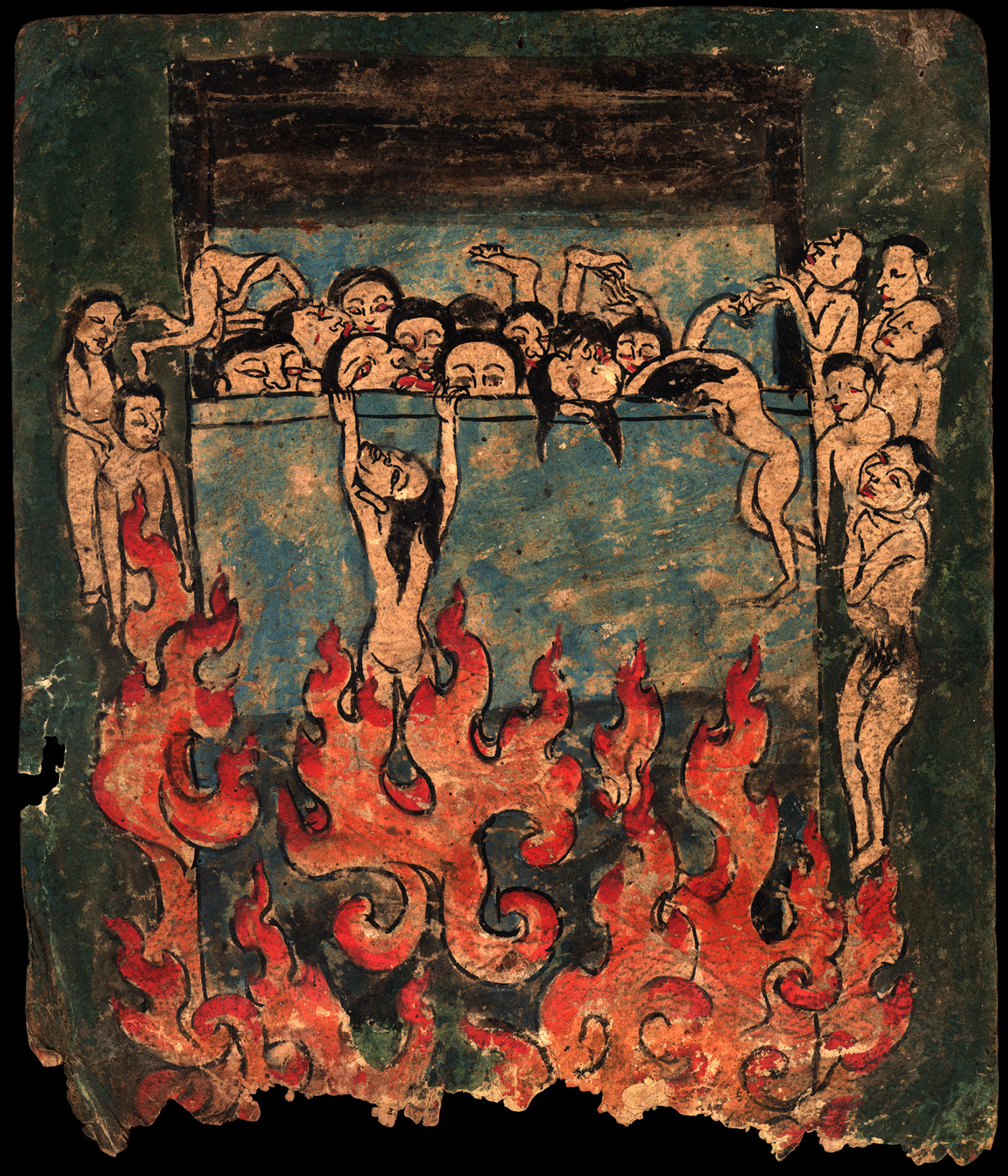See Priscilla Wald, Contagious: Cultures, Carriers, and the Outbreak Narrative (Duke University Press, 2008) for a US-based analysis of the stories animated within epidemiology and the greater public. Elizabeth Povinelli and her co-thinkers on the “sore,” in The Empire of Love (Duke University Press, 2006), have meaningfully gainsaid such disease narratives, as part of a bracketing of the kinds of intimacy I refer to here—more proper to what Povinelli calls “liberal settler colonies.”
Val Plumwood, “Tasteless: Towards a Food-Based Approach to Death,” Environmental Values 17, no. 3 (2008): 323–30.
Sylvia Wynter, “Unsettling the Coloniality of Being/Power/Truth/Freedom: Towards the Human, After Man, Its Overrepresentation—An Argument,” CR: The New Centennial Review 3, no. 3 (Fall 2003): 257–337.
“Viral,” ed. Patricia Clough and Jasbir Puar, special issue, Women’s Studies Quarterly 40, no. 1–2 (2012). A note on the virtual/informatic viral: N. Katherine Hayles’s “Novel Corona: Posthuman Virus,” Critical Inquiry 47, no. S2 (2021), written at the nexus of the Covid pandemic and the occasion of the Venice Biennale (which significantly attended to questions of the human), sets up a mock competition between the evolutionary strategies of humans (who are losing precipitously) and coronaviruses, wherein “on the human side are the advantages of advanced cognition, including ventilators, PPE, and, of course, the race to find a vaccine” and on the coronavirus side is rapid replication. Mock staging this may be, I wonder about the depiction of human evolutionary strategies exclusively in terms of “advanced cognition” and its further limiting to novel technologies of disease mitigation. This rendering co-conspires with a species reproductivity, even as Hayles’s argument ultimately heads towards urging a reconceiving of the scenario in terms of interdependence—which happens to be a key feature of disability justice.
Crip Genealogies, the forthcoming volume I have the fortune to coedit with Alison Kafer, Eunjung Kim, and Julie Avril Minich (Duke University Press, 2023), argues in part that to fully recognize the deep entanglement of existing forms of coloniality and disability-debility requires also rewriting histories of the fields of disability studies and other canons.
Acknowledgments: Karen Barad, Patricia Berne, Julia Bryan-Wilson, Alison Kafer, Nejat Kedir, Eunjung Kim, Eben Kirksey, Julie Minich, Michelle Murphy, Jasbir Puar, and Northwestern SPAN ’22 with Deborah Gould and Elizabeth Povinelli: in conversation or in influence, all of you have given special shape and form to my thinking for this essay even if my embrace of the scope of your thinking has met its limits.
